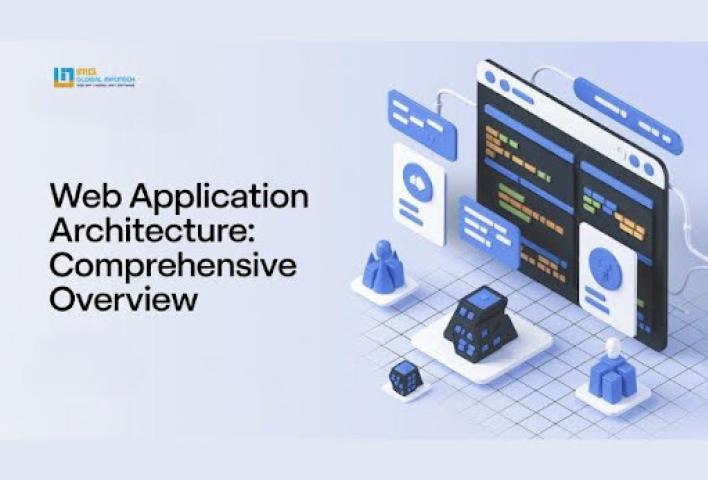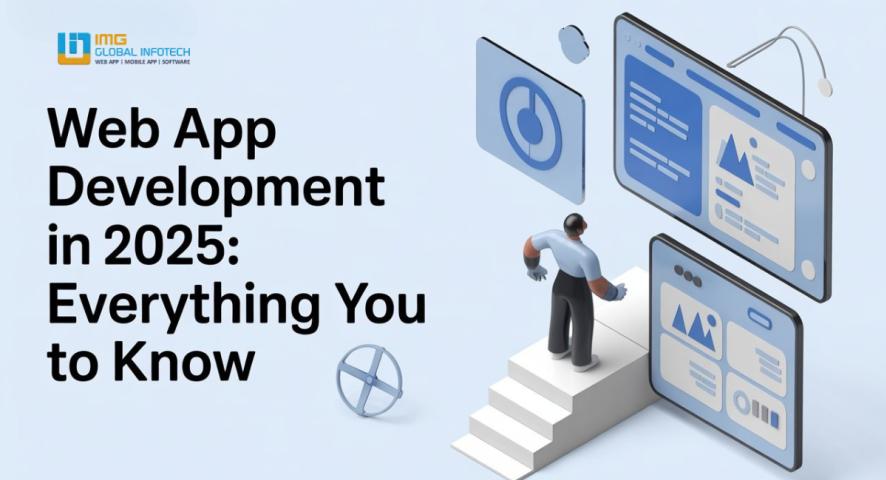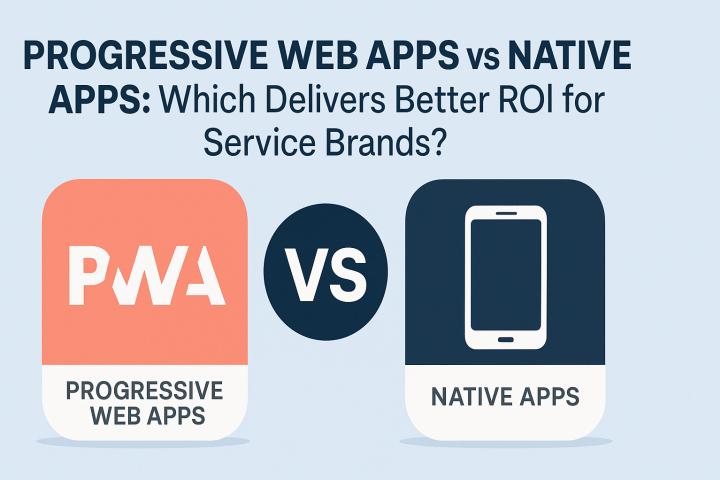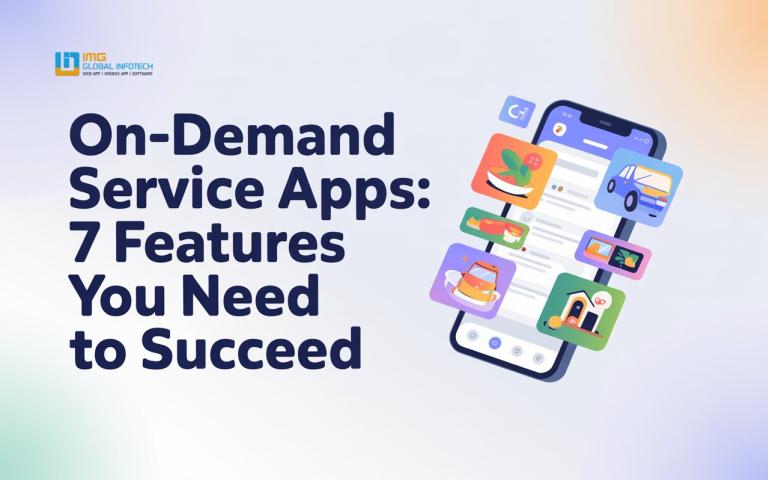As the digital landscape continues to evolve, user expectations around speed, reliability, and seamless experiences are reshaping how applications are built and delivered. Progressive Web Apps (PWAs) are emerging at the forefront of this shift, blending the best of web and mobile apps into a single, unified experience. But what makes PWAs the future of web development? Let’s explore.
What Are Progressive Web Apps?
Progressive Web Apps are web applications that leverage modern web technologies to provide an app-like experience within a browser. They are:
- Responsive: Work on any device and screen size.
- Installable: Can be added to the home screen without an app store.
- Offline-Capable: Thanks to service workers, they work with limited or no internet.
- Secure: Served over HTTPS to prevent data tampering.
- Engaging: Support push notifications and background syncing.
In essence, PWAs combine the reach of the web with the performance and engagement of native apps.
Why PWAs Are the Future of Web Development
1. Platform Independence
PWAs are built using standard web technologies like HTML, CSS, and JavaScript, making them platform-agnostic. Developers no longer need to create separate apps for iOS, Android, and desktop. One codebase rules them all—cutting down development time and cost.
2. App Store Freedom
Unlike traditional apps, PWAs can bypass app store restrictions and updates. Users simply visit a URL and get the latest version instantly. This reduces deployment friction and gives businesses more control over distribution.
3. Performance and Reliability
With features like lazy loading and caching through service workers, PWAs offer lightning-fast load times and reliable offline functionality. This is especially crucial for users in regions with spotty connectivity or limited bandwidth.
4. Improved User Engagement
Push notifications, background sync, and full-screen experiences drive deeper user engagement. Studies show that PWAs often have higher retention and interaction rates compared to traditional web apps.
5. SEO-Friendly by Design
Unlike native apps, PWAs are indexable by search engines. This means better discoverability and improved organic reach without compromising on app-like features.
Use Cases and Industry Adoption
Major companies like Twitter, Starbucks, Pinterest, and Forbes have successfully adopted PWAs to enhance user experience:
- Twitter Lite reduced data usage by 70% and increased pages per session by 65%.
- Starbucks PWA is just 233 KB, enabling fast load even on 2G networks.
- Pinterest saw a 60% increase in user engagement after launching its PWA.
These success stories highlight the viability of PWAs across industries—from e-commerce to social media and news.
Tools & Frameworks Driving PWA Growth
As support for PWAs grows, so does the ecosystem of tools to build them:
- Workbox – Google’s library for managing service workers.
- Lighthouse – Audit tool to measure PWA performance.
- Frameworks – Angular, React, Vue, and Svelte all offer PWA support.
- Manifest Generator – Helps create the web app manifest for PWA installation.
These tools make it easier for developers to create performant and reliable apps without reinventing the wheel.
Browser and OS Support
Most modern browsers—Chrome, Firefox, Safari, and Edge—now support PWA features. Even desktop environments like Windows and macOS are offering better integration, enabling PWAs to run like native apps with launch icons and taskbar presence.
The Future Outlook
With rising mobile usage, growing demand for high-performance experiences, and the increasing push for app-store independence, PWAs are poised to become a standard in web development. Expect to see: (e.g., file handling, media access)
- Deeper OS integration
- Improved monetization options
- Enhanced developer tooling
- Wider enterprise adoption
Final Thoughts
Progressive Web Apps offer a forward-thinking approach to web development combining the accessibility of the web with the richness of native apps. As browser capabilities expand and user expectations evolve, PWAs are not just a trend—they are a long-term solution shaping the future of digital experiences.


















